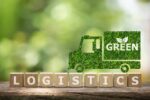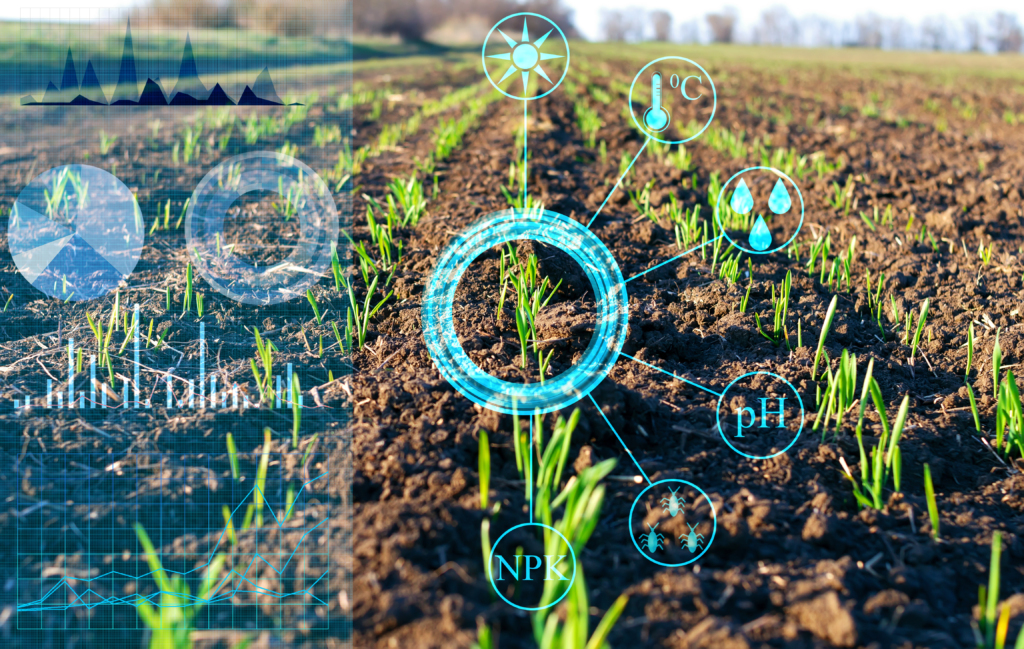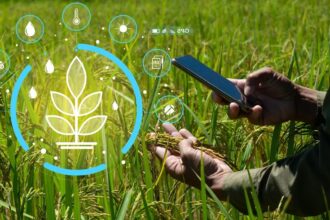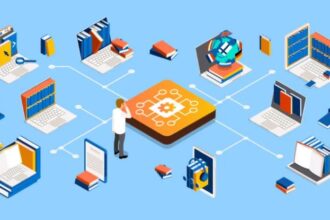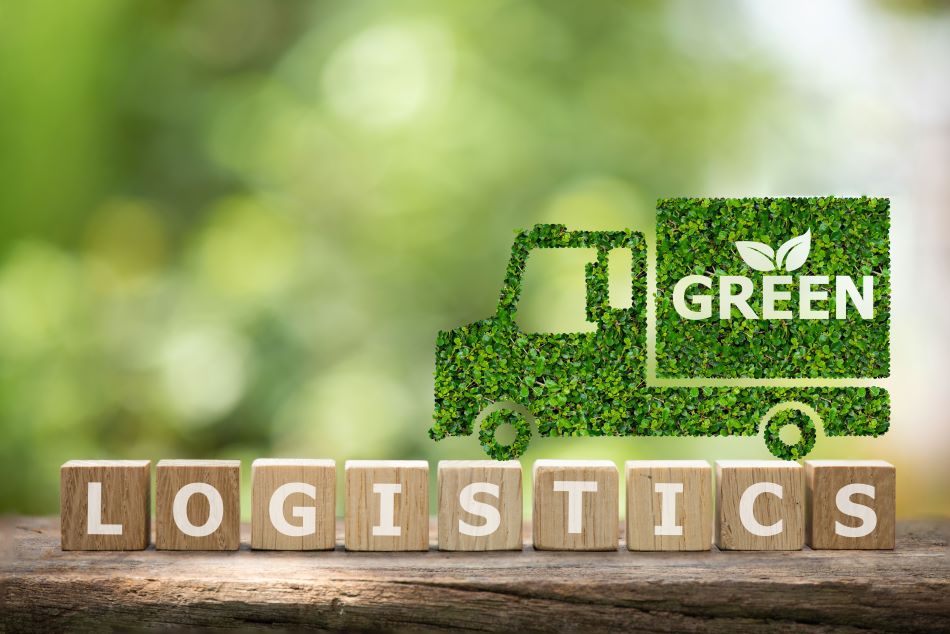The agricultural industry is a cornerstone of society, but its supply chain presents a complex web of challenges, from unpredictable weather and market fluctuations to food waste and labor shortages. The integration of advanced technologies, particularly artificial intelligence (AI), is transforming this intricate system. The global generative AI in agriculture market is projected to reach USD 2,158.9 million by 2033, highlighting a significant industry-wide shift toward data-driven solutions. This new era is enabling more efficient, sustainable, and transparent operations from the farm all the way to the consumer’s table.
From the Field: Precision Farming and Predictive Insights
The journey begins at the farm, where AI-powered solutions are revolutionizing decision-making. AI models can analyze vast amounts of data from various sources, including satellite imagery, ground sensors, and weather forecasts. This data-driven approach allows for what is known as precision agriculture. Technologies such as Trimble’s precision systems use AI to determine the exact amount of water and fertilizer a specific crop needs, reducing waste and optimizing resource allocation.
Beyond current conditions, AI provides powerful predictive analytics. By processing historical data on climate patterns, soil conditions, and crop genetics, AI can forecast crop yields with remarkable accuracy. This foresight enables farmers to make better-informed decisions on planting schedules and resource management, mitigating risks associated with unpredictable variables. Tools such as the John Deere “See & Spray” system employ AI and computer vision to differentiate crops from weeds, applying herbicides only where needed, which can reduce chemical use by up to 90%. This not only cuts costs for farmers but also promotes environmental sustainability.
In the Middle: Logistics and Quality Control
Once crops are ready for harvest, AI continues to play a vital role. Autonomous machinery and robotics, enhanced with generative AI capabilities, are automating manual and repetitive tasks. These systems can perform with high precision, improving speed and consistency in processes such as planting, weeding, and harvesting. The use of agricultural robots helps address labor shortages and reduces operational costs.
After harvest, AI ensures the quality and integrity of products during transit and storage. Computer vision systems are used for automated sorting and grading of produce, identifying defects or inconsistencies that might not be visible to the human eye. This process ensures only the highest quality products move forward in the supply chain. Furthermore, AI models optimize logistics by analyzing real-time data to create the most efficient transport routes, minimizing fuel consumption and delivery times. This strategic use of AI from the earliest stages creates a foundation for a more resilient and efficient supply chain.
To the Table: The Final Mile and Consumer Transparency
As products move closer to the consumer, AI continues its work by optimizing the “final mile” of the supply chain. AI-powered inventory management systems predict consumer demand with greater accuracy, ensuring retailers have the right produce on their shelves at the right time. This proactive approach helps to reduce food waste significantly, a major issue in the food industry.
Another critical application is the use of AI to enhance supply chain transparency. With the help of AI, platforms can track produce from its origin on the farm to its final destination. This traceability provides a higher level of confidence for consumers increasingly demanding to know their food’s origin and production methods. It also aids in rapid recall management in case an issue arises, pinpointing the source of the problem with speed and precision.
The Future is Generative
The latest evolution in this transformation is the rise of generative AI. Unlike traditional AI that primarily analyzes existing data, generative AI can create new content, insights, and solutions. An excellent example is an agriculture-specific large language model called Dhenu 1.0, developed by KissanAI in India. It provides voice-based guidance to farmers in their native languages, offering personalized advice on seeding, irrigation, and pest control. Pilot programs have demonstrated that this can lead to a 40% increase in crop yield and a 50% reduction in production costs.
This ability to generate new solutions and real-time responses marks a paradigm shift. Regenerative AI, a term for using generative models in sustainable farming, enables farmers to simulate future outcomes and create adaptive crop plans. This turns AI from a passive forecasting tool into an active partner that offers creative solutions to complex, real-world problems.
A More Efficient and Sustainable Future In summary, AI is not simply a new technology but a fundamental force reshaping the agricultural supply chain from end to end. It is transforming traditional farming methods into data-driven operations, improving logistics and quality control, and ensuring a more transparent journey for food. By embracing AI, the agricultural industry can address its most pressing challenges, increase efficiency, and build a more resilient and sustainable food system for the future. The promise of this technology is immense, offering a path to producing more food with fewer resources while meeting the evolving demands of a global population.
